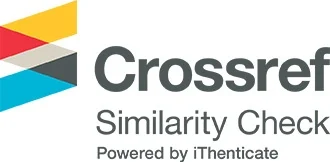The contents of total phenolic, flavonoid, and antioxidant activity of ethyl acetate extract of Juniperus phoenicea L. (Cupressacees) leaves growing in East Libya
DOI:
https://doi.org/10.65137/lmj.v8i1.162Abstract
Background: the harmful effect of antioxidative stress can be inhabited by the natural antioxidants present in many medicinal plants. These plants contain compounds including phenolics and flavonoids responsible for reducing the effects of free radicals, that can be used as a substitute to treat many diseases.
Aim: This study aims to quantitively determine the total phenolic contents (TPC), total flavonoids contents (TFC), and the reducing power assay of ethyl acetate extract leaves extract of Juniperus phoenicea L. plant. Juniperus is a member of the Cupressaceae family which has been used as a folk medicine in Libya. the plant was collected from the Al-Jabal Al Akhdar area, east Libya.
Methodology: The powdered dried leaves of Juniperus were extracted continuously by the Soxhlet extractor, the extract was obtained and evaporated to dryness by a rotatory evaporator. The extracts were investigated for reducing power and the presence of phenolic and flavonoid compounds. The TPC was determined using the colorimetric method, expressed as pyrogallol equivalents and the absorbance was measured at 765 nm. The TFC was determined calorimetrically and the results were expressed as quercetin equivalents and the absorbance of color was determined at 510 nm. While the reducing power was measured spectrophotometrically at 700 nm, ascorbic acid was used as standard and expressed as (µg/ml).
Results: the levels of TPC, TFC, and reducing power increased with increasing concentration of extract.
Conclusion: The extracted contents of phenolic compounds, flavonoid compounds, and reducing power were lower than the standard pyrogallol, quercetin, and ascorbic acid respectively.









